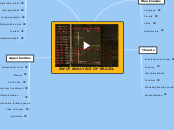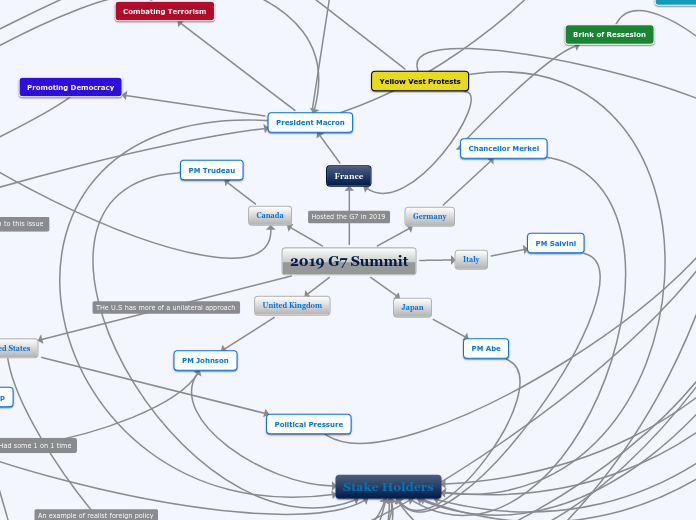CHANGES IN EARLY MODERN AGE
Topic principal
Main historical events
Many major events caused Europe to change around the start of the 16th century, starting with the Fall of Constantinople in 1453, the fall of Muslim Spain and the discovery of the Americas in 1492, and Martin Luther's Protestant Reformation in 1517.
Cultural changes
At the start of the Early Modern Age there were significants in thought and science.
Critical thinking
Previous sources of knowledge were tradition, the great scholars and sacred texts.
Practical demonstrations
experimentation
Extensinsive studies
research
Individual reflection
Reason
The desire for knowledge
Due to their intellectual curiosity.
Optismism and creativity
Humanists believed in a better life and their creativity resulted in many inventions.
Anthropocentrism
Humans became the centre of philosophical reflection and artistic creation.
A renewed interest in Classical culture
Became the point of refence for for intellectual and artistic activity.
Political changes
Wealth and icome from taxation rose thenks to the increased in agricultural and craft production.
A diplomatic corps
This institution allowed monarchs to stablish alliances with other states or kingdoms.
A royal army
Monarch estabilished permanent armies of mercenaries, who paid with taxes they collected.
A royal goverment
Thanks to the increased in trade and the more general economic recovery.
Economic changes
Finance: the birth of the capitalism
Insurance companies
These allowed merchants to minimise their risks.
Limited companies
These allowed people to invest in bussinesses with limited risk.
Bills of exchange
There were documents that guaranteed a bank would pay a merchant in a specific place on a specific date.
Banks
Merchants needed money for their trading companies.
Trade
The development of the primary and secondary sectors resulted in surplus production and this increased trade.
Secondary sector
In the cities, artisans' guilds established and controlled prices, production techniques and access to the prefession.
Primary sector
Agriculture and livestock farming continued to be the main economic activity and the most important crops were cereals.
Social changes
Women's roles
Continued to have a lower social status. However, women's situations varied depending on their social status.
Unprivileged
Urban population
Grew during this time thanks to the development of craft, trade and the cities.
Worked land
Were serfs or day labourers working for a lord.
Privileged estates
Consisted of the nobility and clergy.









